Microscopic analysis of samples taken from branch at points of different curvatures
Microscopic analysis of samples taken from tree fork at points of different curvatures
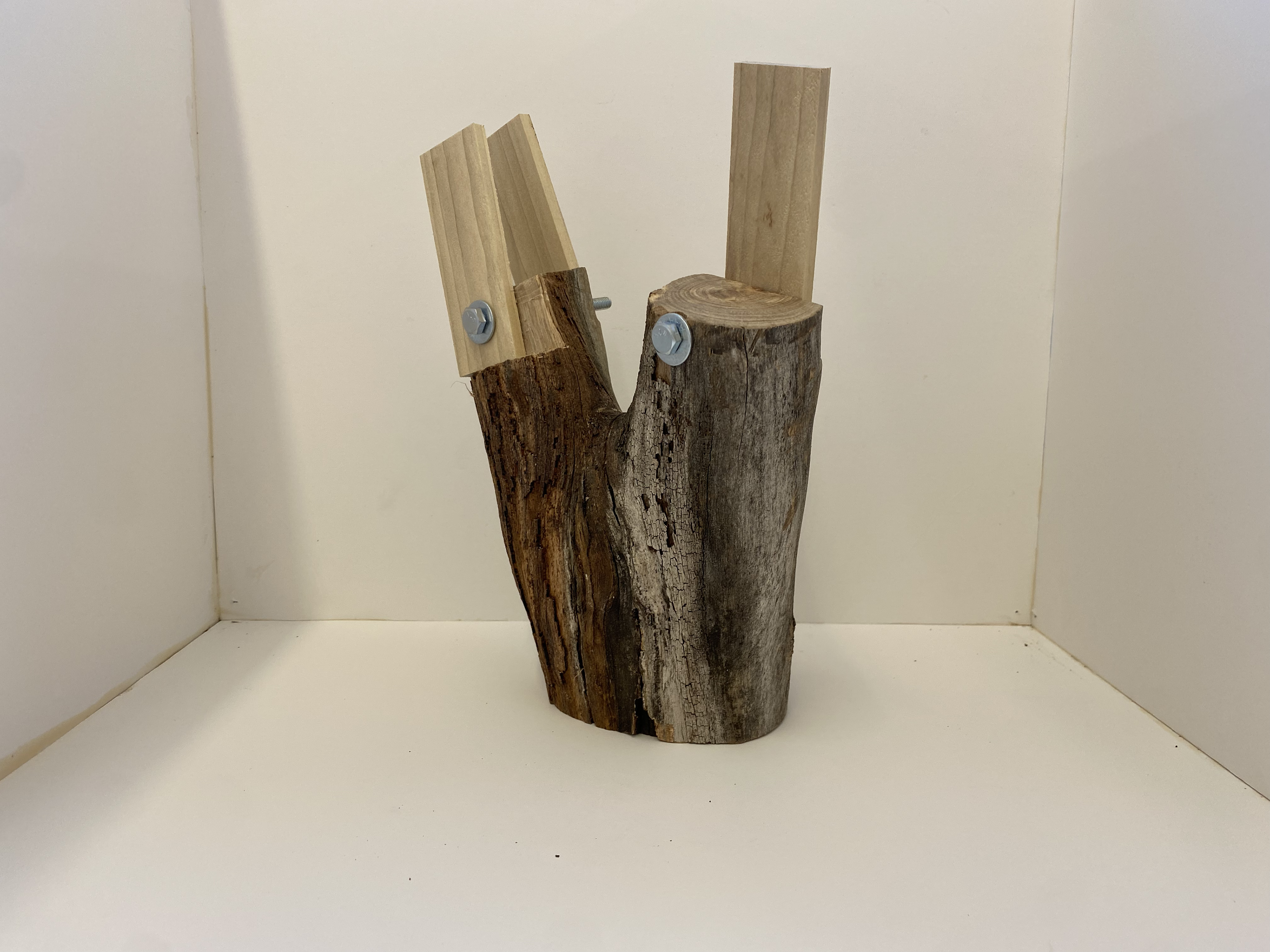
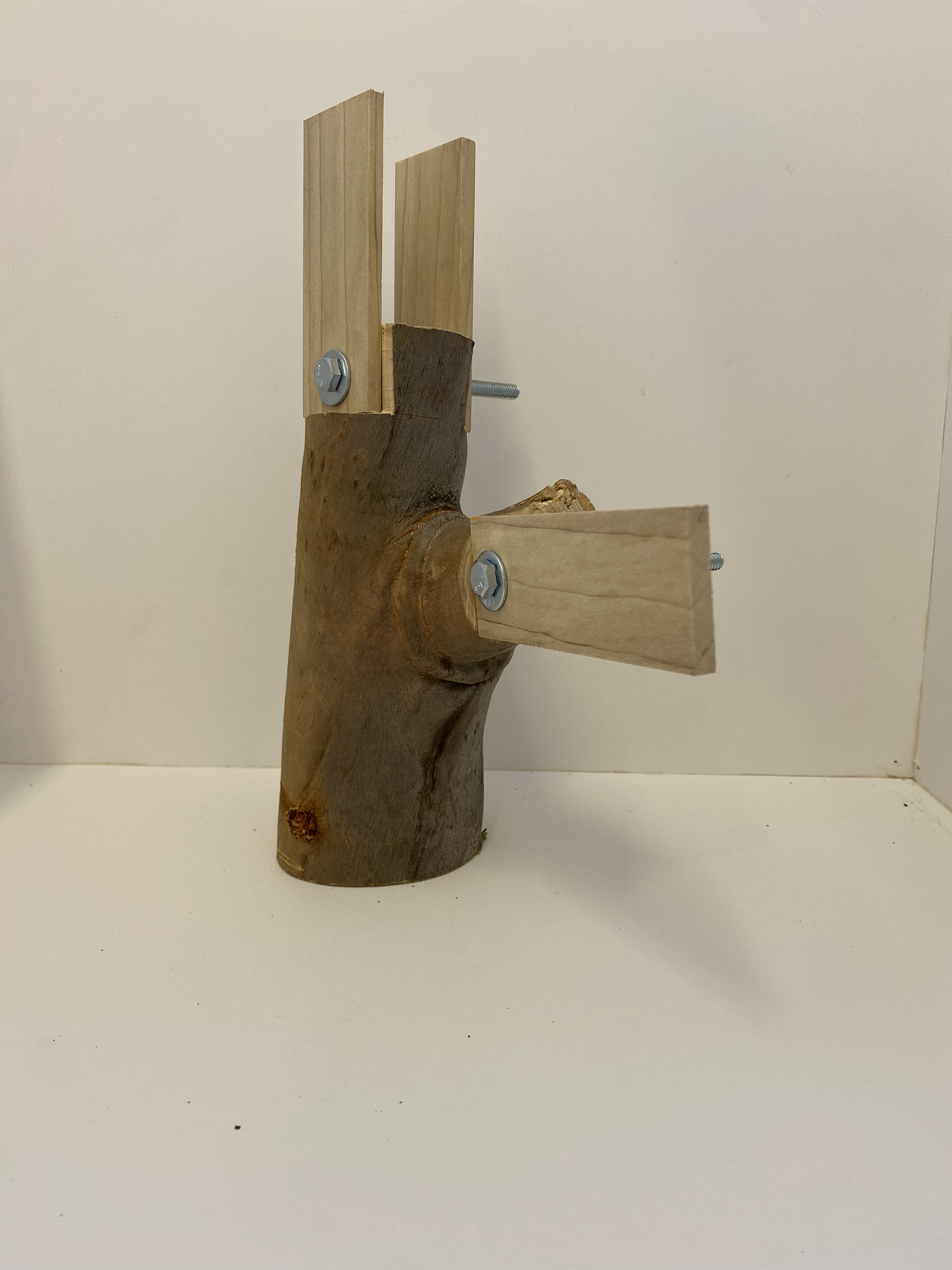
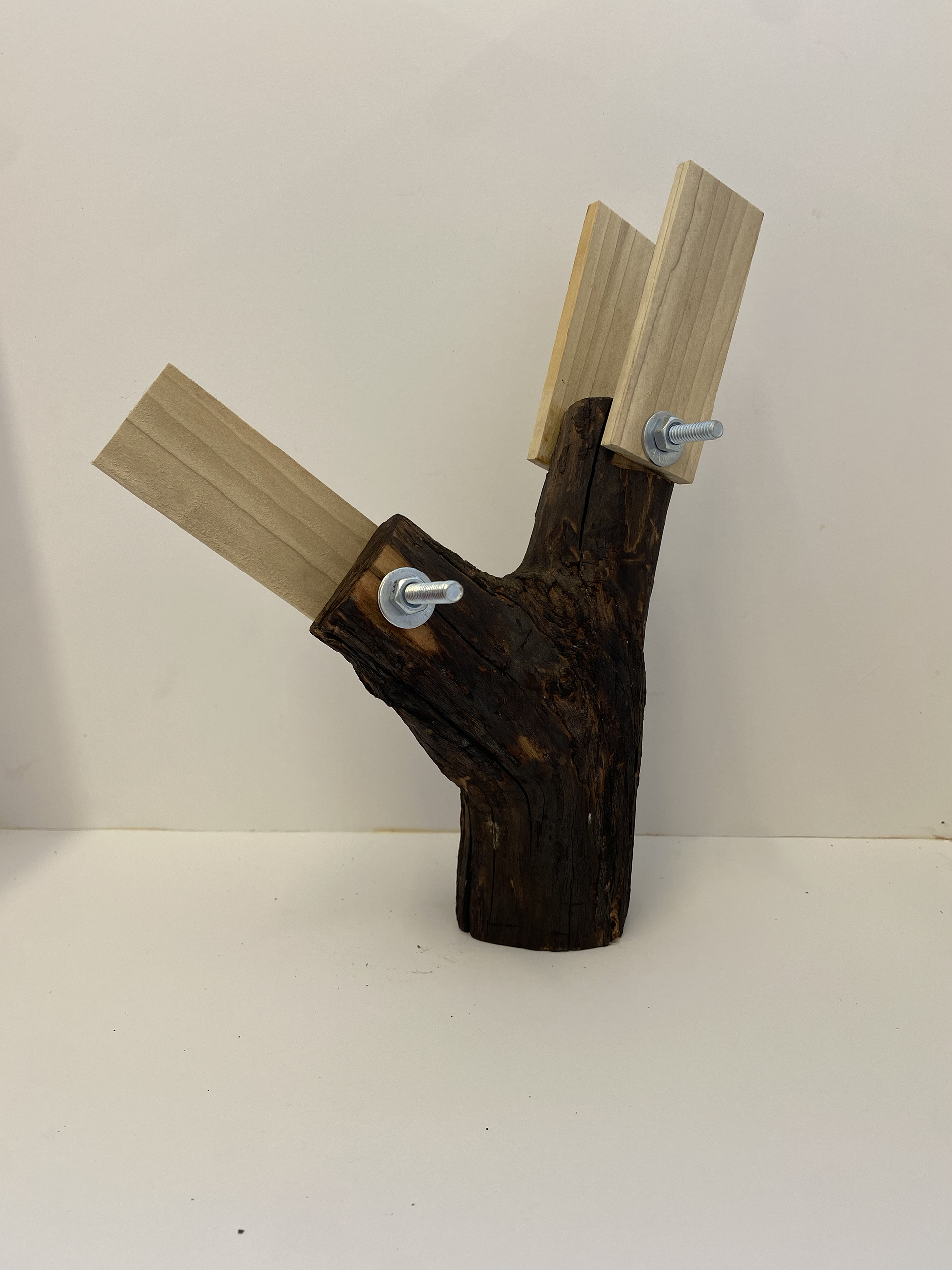
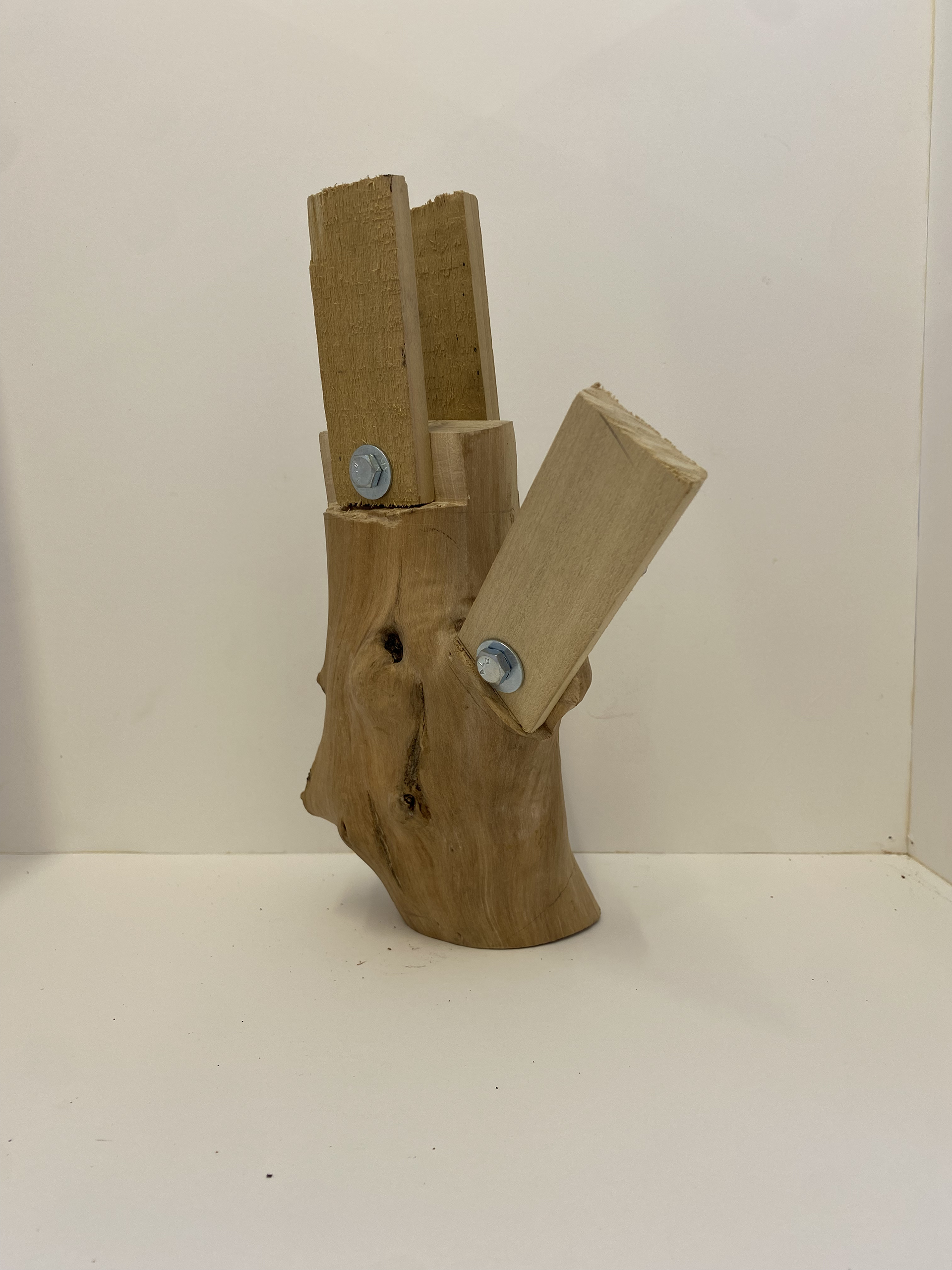
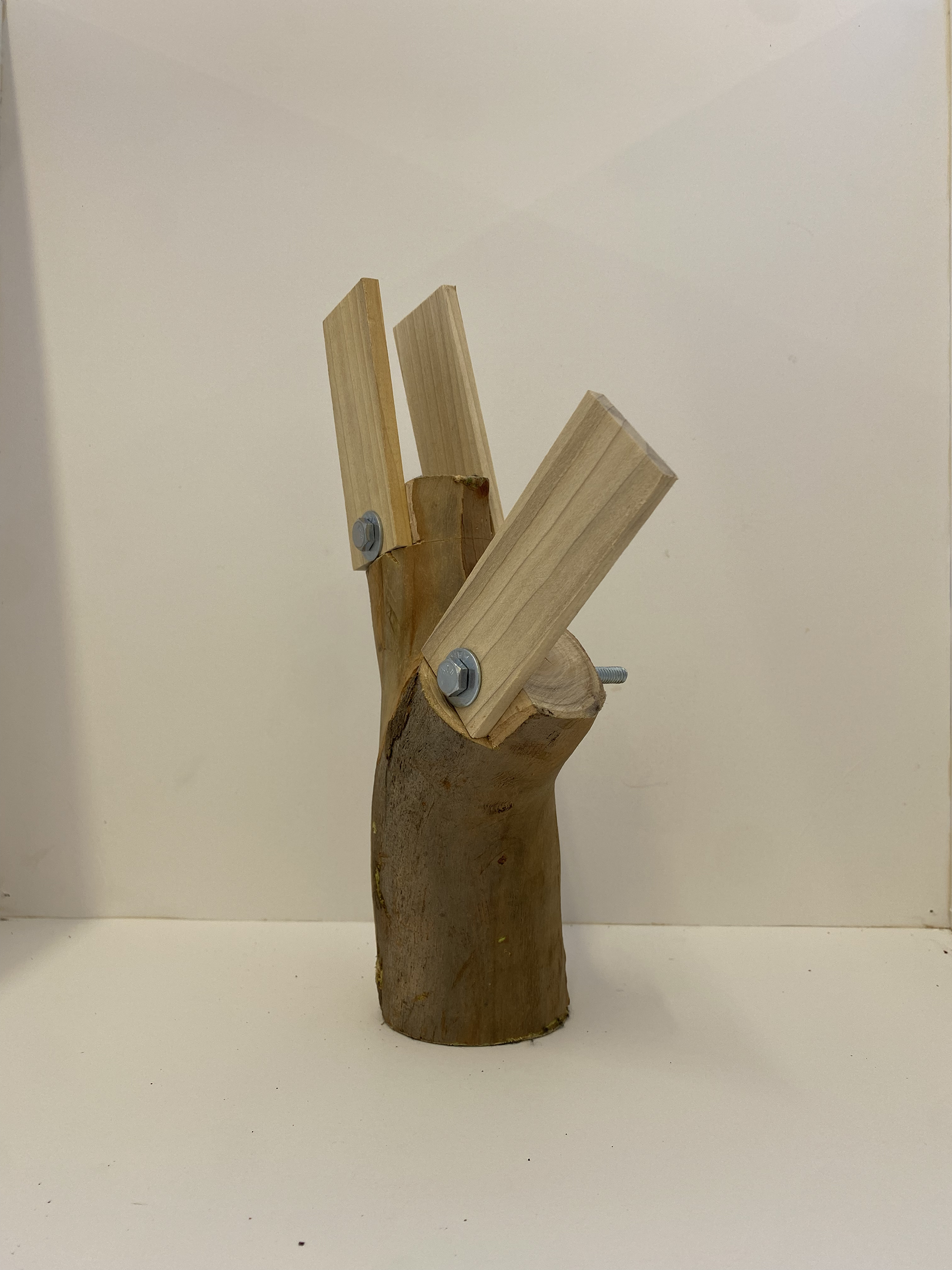
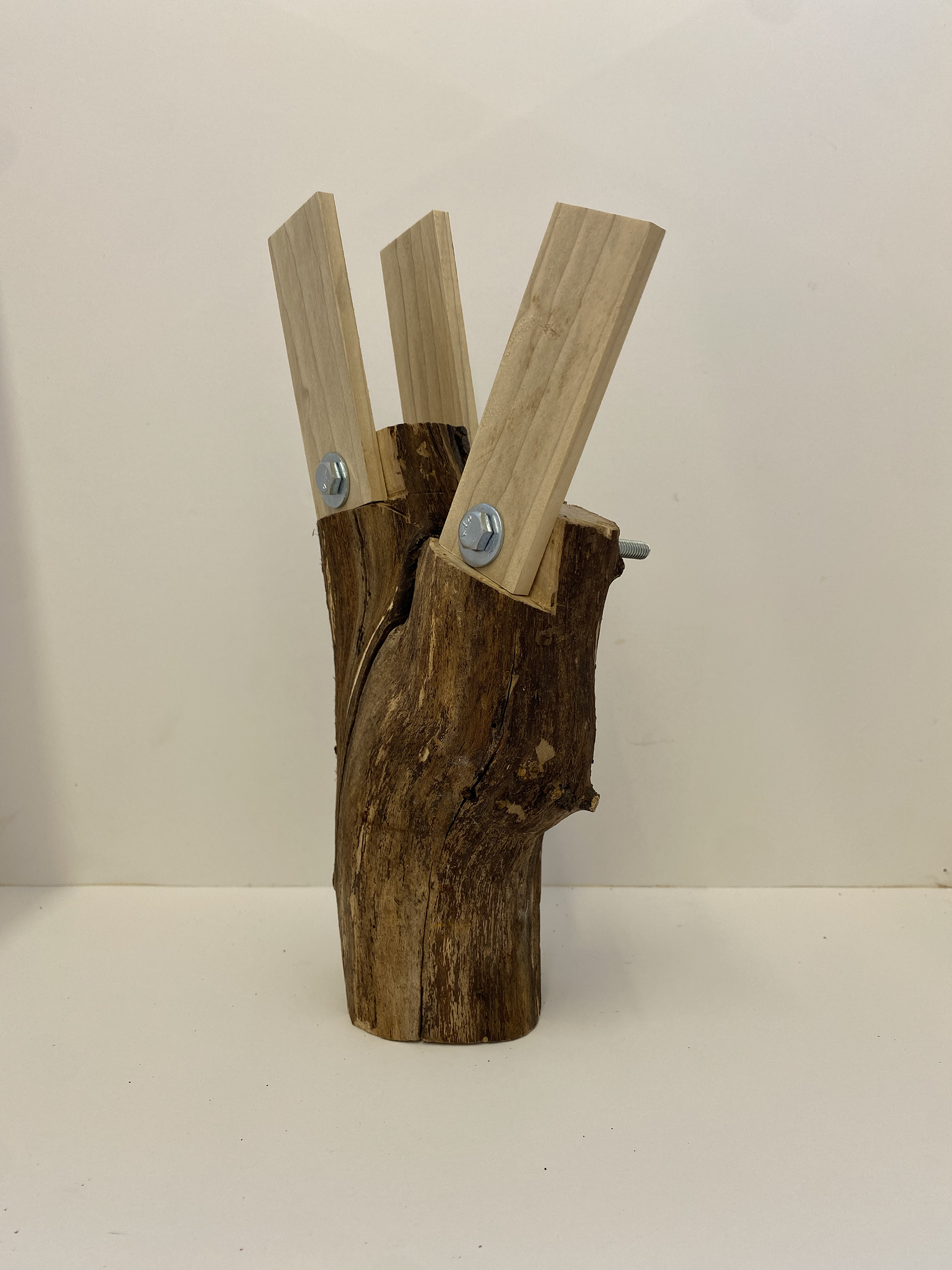
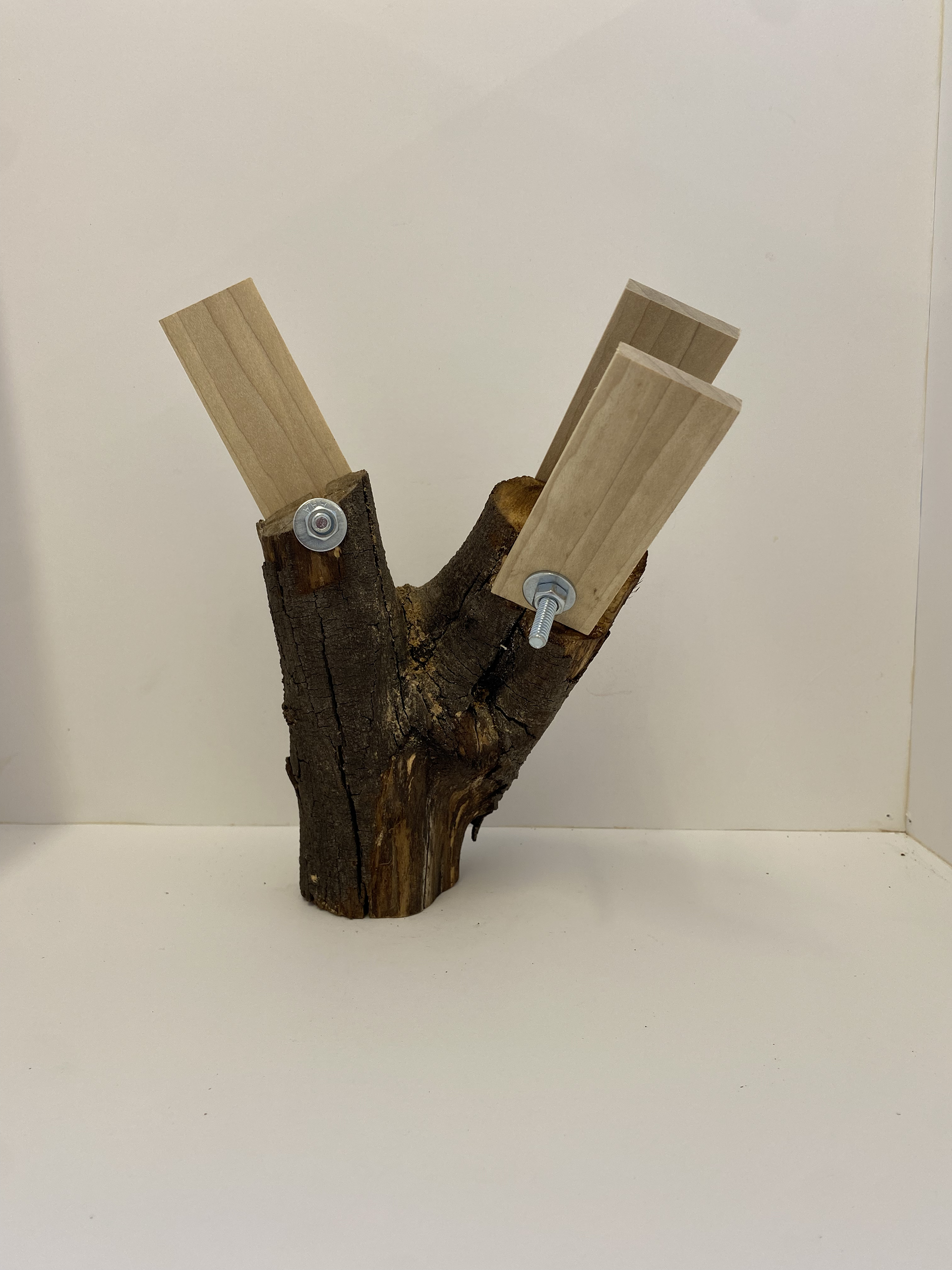
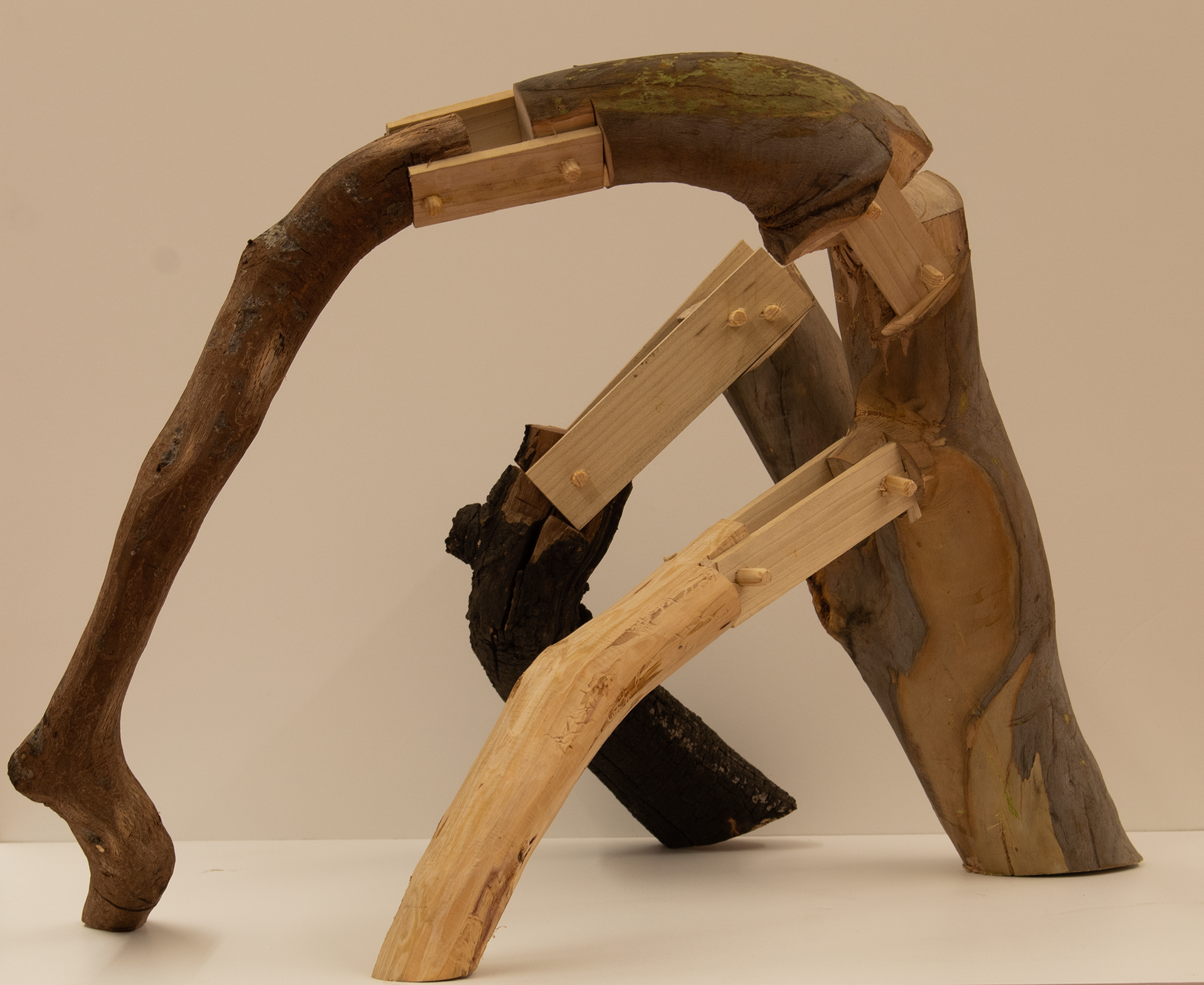
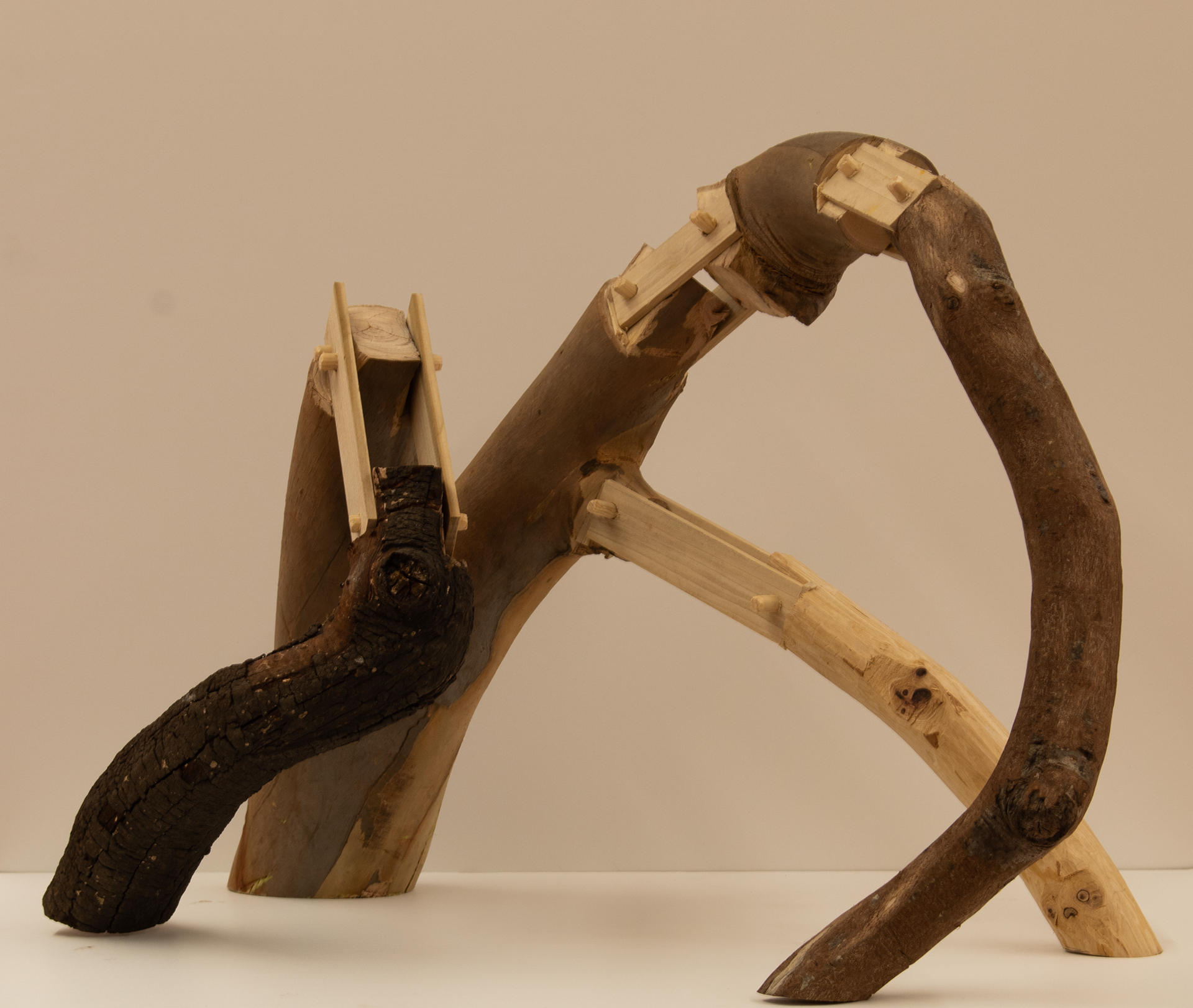

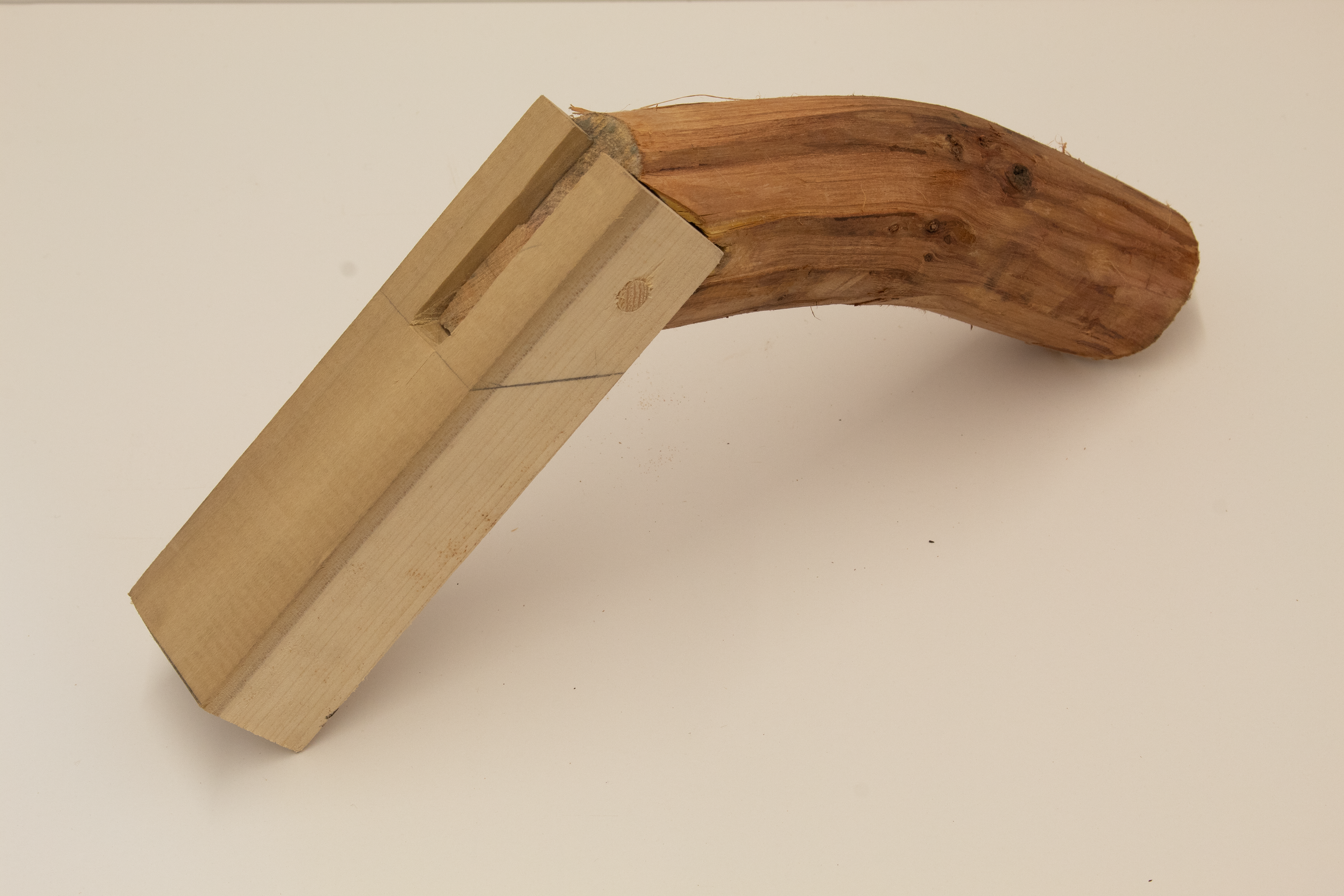
Development of manufacturing technology over the past 250 years has enabled mass-processing of raw timber and mass-production of timber construction products. The rigidity of what is now old technology contributed to a linearization of both product and processing systems. In this linear ecology, trees which cannot be made to conform to human-industrial standards of rectilinearity are relegated to the status of waste. Because of their curvature, these “strange” timbers are left to rot in the forest, burned as fuel, or pulped as paper. As we recognize that this imposition of linearity over the way that trees naturally design themselves to resist environmental stresses is extraneous, it is straight timbers which become “strange.” This research situates itself in the middle ground between surveying and manufacturing. By gathering data on the growth and shape of trees, and minimally applying methods of robotic fabrication, use of curved timber in construction can be made economically feasible again– reducing waste in the timber industry, and bringing the forest more fully into the factory and our buildings. Advised by Maria Paz Gutierrez, 2022.
Microscopic analysis of samples taken from branch at points of different curvatures
Microscopic analysis of samples taken from tree fork at points of different curvatures










